With only a small bag...
I'm sorry for the long delay in this post. School prevents me from spending as much time on this as I would prefer...
I never thought I would again feel that middle school rush of getting out of school for the summer, and feeling more free than a rain drop falling to the ground. It’s a time when the free time facing you feels so full of some incredible potential that could change your world for ever and there is nothing to pressure the space behind your eyes but deciding what to do. When I finished the last sentence of my semester exam, it was as if a fire sprinkler system went off inside my body spraying droplets of relief in every direction. I was excited.
(from back to front, left to right: Susan, Sam, Ali, Jeff, me, Toon)
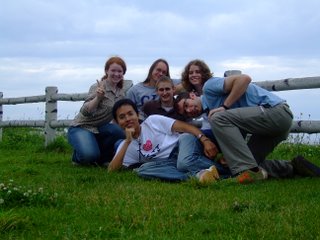
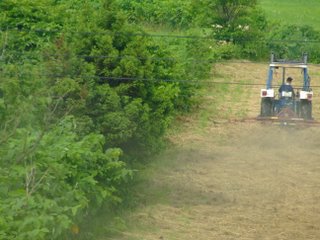
With the small bag I had brought with me that day packed with a change of clothes, Japan lonely planet guide and camera, I left school with a group of 5 other HIF students ands headed to the bus station. Within an hour of finishing the exam, we were on the bus, and as the wheels turned towards Sapporo, the scenery swept the dust away from a mind I then realized had not yet felt the thrill of journey in Japan.
The other travelers were Toon, Sam, Jeff, Susan and Ali.
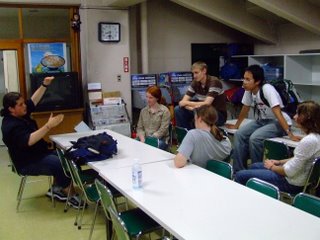
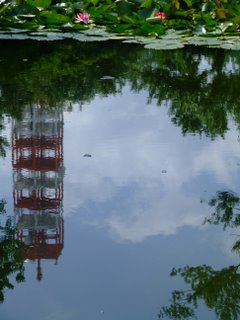

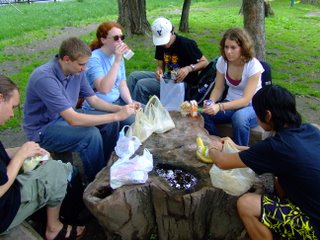

Toon, whose real name is Bodin Civilize, is from Thailand, but studies at Yale. He is thinking he would like to become an economic theorist, but is still undecided on his major. Toon is the type of person that leaves you with a complicated mixture of tastes on your tongue after sharing time together.
Sam, who I know best in the program because we share the same host family together, is a character straight out of a Russian novel. He carries in most moments a slight tension that generally affects the way he wears his body, and his mannerisms are slightly jolted. He is intelligent and lazy – and often complains about the work load. His long hair, upon first meeting a new Japanese person, invokes a small range of reactions out of them that can be summarized as “you look like a girl.” Sam enjoys the alcohol, and if we were actually in a Russian novel, I have no doubt he would enjoy the vodka granted to him by the good graces of a mightier hand unknown and misunderstood by its characters.
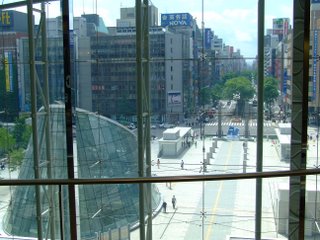
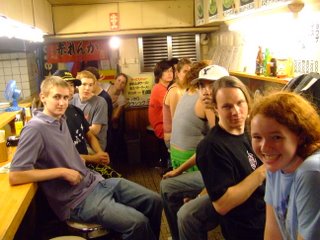



Jeff, like Sam, is from the University of Pennsylvania. He and I are in the same class, and is one of the stronger students in the course. Difficult to see into because walls and uneasiness rise out of the ground like bog gas in a southern Louisiana swamp. He will make an excellent businessman later in life.
Susan is a red-haired, cigar-smoking 19 year-old from Tennessee, and has the accent to prove it. After sharing a few fleeting conversations about Buddhism I see in her the earthly goddess, rooty and rich like dark black soil earthiness in her heart. She knows more than she thinks she does.
Ali, in her early twenties studies at the University of Chicago. Genuinely sweet and kind, she is a nice person to share snacks with and talk about the day.
Not to sound arrogant or like a mr. know it all, but these are the impressions I receive from these people. In no way is it meant to be who they actually are, but just how their sounds, light and energy interact with mine.
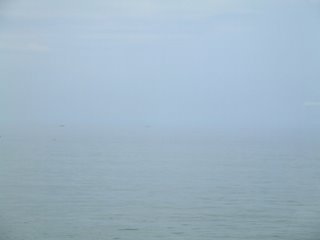
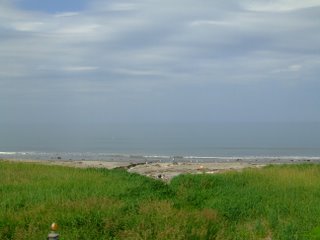
Travelling along the highway, we played hide and seek with the ocean as we would dip beneath hills, and pop out of our hiding place to see the ocean patiently waiting, always there as if to say “shhhh, don’t worry.” It was beautiful.

Apparently in Japan there is quite a lot of concrete being made every year. So much so that engineers have thought up creative ways to use it. For example, concrete pylons line the coastline of most of Japan, placed with the said purpose of protecting the coasts from erosion. In a way, I thought it was cute, yet, can’t help but feel the ocean would look the way it was supposed to without them. As they say in Japanese, “it cannot be helped.”
In some moments you feel so close to destiny’s ideal track that you can almost feel the pulse of the heartbeat of the hand of time.
We arrived in Sapporo and quickly thanked the city-planners for designing one of the easiest street systems to navigate. Every block is labeled according to its distance from the city center in terms of North/South and East/West. No matter where you are in the city you know exactly how far you are away from the city center.
At certain key moments in life, people appear that are living on such a different plane of existence than yourself that you call into question nearly every pre-conceived notion you had about life. Meeting Alexandro, 19 year old from Mexico, was like that.
Alexandro had planned his trip to Japan for four years. He decided to come to Japan for 6 months knowing very little of the language, and with the desire to see and experience as much as he could. He had already been in Japan for a month when we met him, and he had just returned from hiking some of the tallest mountains in Hokkaido. He said at one point, when he was climbing the tallest mountain, and he fell off the path and slid on the snow about fifteen meters down the slope of a cliff, catching himself on a tree, “what the hell am I doing here?” I said, I ask myself that everyday.
For some reason, the loudness of one’s being feels amplified in Japan. It’s almost as if the vacuum that surrounds you created by the collected conscious effort of a culture sensitive to “surprising” loud sounds acts like a microphone. At least, I feel that a group of foreigners speaking in Japan tend to do so with about 10 decibels more amplitude than needed.
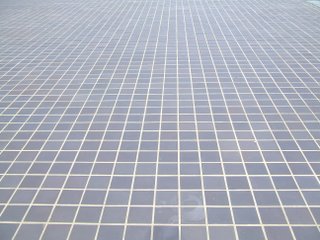

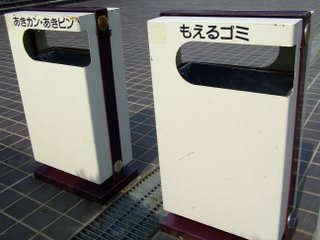
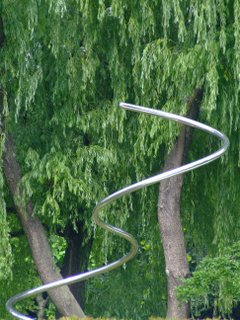
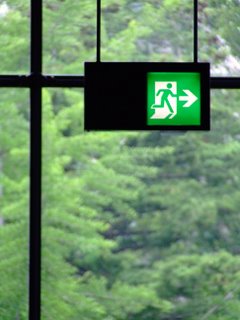
I was able to meet a friend named Takao who I met at KU, but who is originally from Sapporo and living there this summer and working. Takao is the picture of the Japanese guy with the beer, with a slight pensive look. He took us to an Izakaya, which is a Japanese style restaurant where you can usually pay a single price and drink as much alcohol as you want, and sometimes for another fee eat as much as you like. The food is great if you like meat. You can order liver, gizzards, chicken, pork, beef and squid on skewers that are grilled and then dipped into a variety of sauces. They are served super hot and fresh and taste great with beer. It’s funny to me that a year ago, I would not have imagined having this experience.
The next day we headed out and had breakfast on an old tree stump in a park, next to a pond with several lotus blossoms. The picture of the reflection of the pond with the radio tower with lotus flowers at the top is meant to be a visual metaphor for the Buddhist path. Often in Buddhism the metaphor of the lotus flower is used to describe the ascending of the spiritual path as one rises, like the lotus flower, above the murky, muddy mess of Samsara (cyclical life). As one extinguishes desires that cause suffering, one is free from those stains or blemishes that cloud or hide one’s Buddha nature. If I were a lotus, I’d be stuck in the mud probably to be used as fertilizer for the next bloom.
We spent the day combing through Sapporo’s streets, and found the old Ramen alley. Basically, it’s a narrow alley that is nothing but small Ramen shops. If you are thinking Ramen noodles, you’re close – but think about 100 times more delicious and satisfying. Sapporo is famous for its Miso Ramen, which is a miso soup base (miso soup is made from soy bean paste). Miso Ramen is usually spicy, and because the Ramen cook (usually there is only one in a store) makes everything to order, the soup is also steaming hot. It’s hard to say what burns more, the spice or the temperature, but either way part of the fun is slurping the hot noodles, sweating a little and having your nose run. It’s also fairly cheap, which for us, always means good.
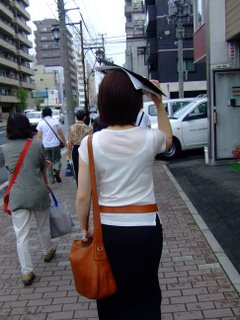
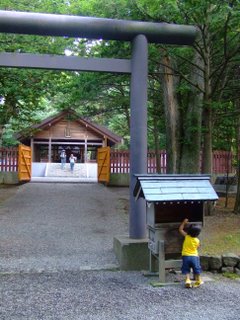
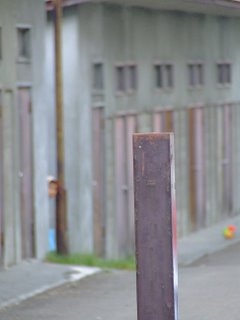
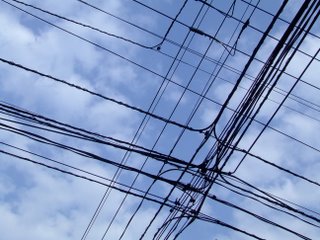
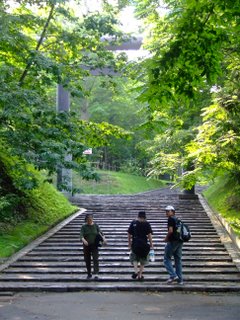
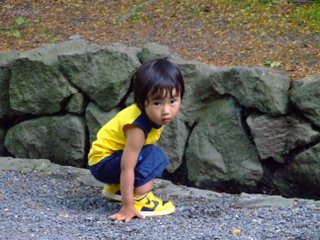

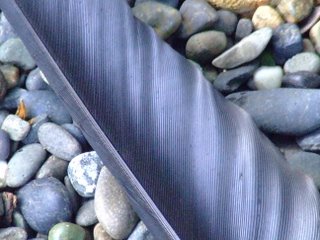

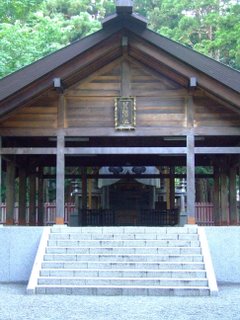
I somehow became navigator and we luckily made it to the Hokkaido Museum of Contemporary Art without getting lost. They had a special Buddhist art exhibit that contained Japanized Tibetan Thangkas. Thangkas are Tibetan scroll paintings of various Buddhas, deities, Bodhisatvas, and Buddhist stories or sutras. Unfortunately I couldn’t understand very much of the exhibition because it was all in Japanese…
The picture of the trashcans is to show the most simple trashcan set you can find in Japan. Trash is complicated in Japan, for obvious reasons, but all trash can be divided into two categories, burnable waste (some plastics, paper, food scraps, and various oddities of packaging) and non-burnable waste (plastic bottles, cans, glass, metals, batteries, etc.). It is also a bit challenging to find public trashcans, at least here, but you get used to it. In fact I plan my walking routes to and from school sometimes just to throw a plastic bottle away. Oh, and when you throw away gum, or used q-tips, you are supposed to wrap them with a tissue first. I’ve spent some time trying to decipher my host family’s trash schedule. Every city publishes a trash schedule that lists what items will be picked up on what day. For more exotic items, like batteries and old pots and pans, there is a special drop off center. If you don’t properly sort your trash (there are special trash bags for different types of trash) you can get fined. And, you can expect to be audited at least once per year, from what I’ve been told, just to make sure you aren’t sneaking in a plastic drink bottle into the burnable waste.
The picture of the air conditioner units on the side of the building isn’t that aesthetically pleasing I know, but I thought it was an interesting example of something I learned while rummaging through articles about Japanese building codes. Because property tax is based upon the internal area of a building, essential things, like air conditioners, that can be placed on the outside of the building usually are. The resulting product is like the picture. One of the most often cited complaints about Japanese architecture is its lack of appreciation for maintaining a uniform aesthetic – due to the lack of building codes and regulations that stipulate what can be attached to the ceiling and sides of buildings. Of course, special buildings, like museums and government offices are usually beautiful works of art…but the average apartment building is less than appetizing. Yet it still has its own charm, and the interplay of the lines of the ducts, the rows and symmetry created, and the rust stains, at least for me, help make Japan feel like a homier place.
Earlier in the day I read in my Lonely Planet Guide about a Shinto Shrine that was described as being surrounded by a forest so thick you forget that you are in a city. So after the art museum, Toon, Sam, Susan and I set off to find it. It turned out to be a great find. There were actually several smaller Shinto Shrines along the road to the main Shrine, and all of this was located in a huge city park. We walked about 45 minutes and covered only a small corner of the park. I finally experienced a moment in Japan in which I felt how incredibly universal the experience of being human really is. Kids playing soccer on one side, and a group of mid twenties friends playing guitar and drinking beer held a scene on the other side of the path. I think mostly, just to be around nature again with the soft feel of the raw earth under my feet, was exactly what I needed.
After one-by-one saying our prayers and communing with the local Kami-samas (Gods in Shintoism) we decided we couldn’t miss going to the Sapporo Beer factory. It was glorious. The shots of the graffiti and Japanese people, and night time shots, are from an area in Sapporo called Susukino. It is the nightlife hotspot. We found a bar named “Rad” that is the foreigner hangout in Sapporo, and was the first time here I had seen a sizeable number of foreigners in Japan not associated with this program. I was surprised at how many people are still out and returning home at 5 am when the last of the bars close.
The next day, my host father picked Sam and me up and took us to a town about an hour and a half drive outside of Sapporo. From there we met other members of the Tenrikyo church, loaded up coolers of food, camping gear, etc and headed off to a wilderness protection area. I never imagined I would camp in Japan. Someone brought a keg of Sapporo beer, and after the tents were all set up and the opening speeches were said, everyone picked their chair for the evening and drank, ate lots of grilled and smoked food, and relaxed. Sam and I tried our best to keep our Japanese conversation as interesting as possible.
On Sunday we returned to Hokoto-shi and I went to the Sento, or public bath house. I’m going to try to take a picture of the inside if I ever am there when no else is around because it is a wonderful wonderful place. There is usually one large room, and several small stalls to wash your body. After you’ve had a thorough scrubbing, you can get into either a Jacuzzi or a large bath. The water is about 100 or more degrees, but feels amazing. The feeling of first walking out of the sento in the fresh open air is the cleanest feeling in the world.
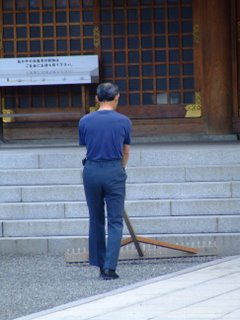
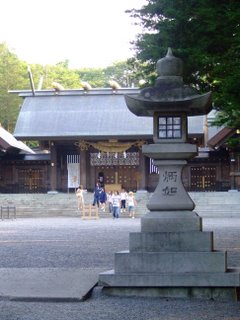
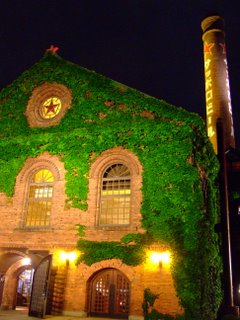
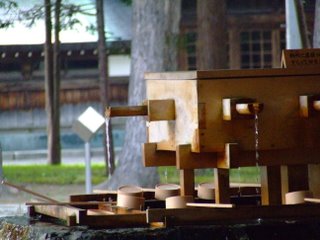
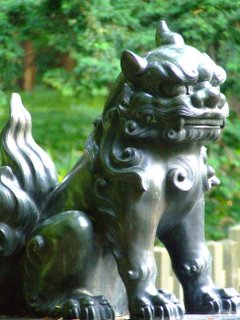
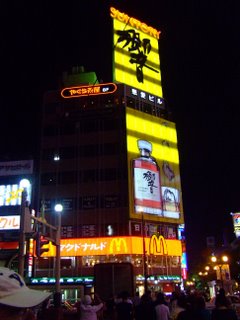
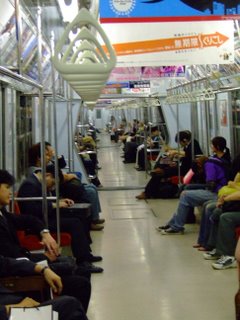
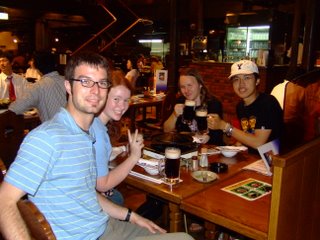

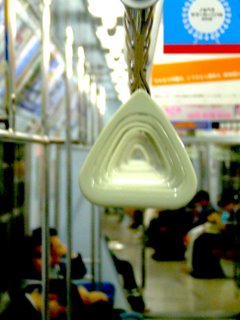
The last few pictures are pictures of the area around my house. This area is usually super quiet, and reminds me of small town Iowa, but Japanese style. I can’t help but think about my brother when I’m walking around the streets, and wishing I could share that with him (because we’ve spent many a day walking around in small town Iowa).
The break ended just about as quickly as it started, and classes did a power take-off on the first day. This is the second week of the semester, but I feel like it’s been a good month since the break. But, my Japanese is slowly improving bit by bit, and hopefully before the end of this program I’ll be able to turn in a page of homework without having a majority of it covered in red ink…one can learn a lot from a picky teacher.
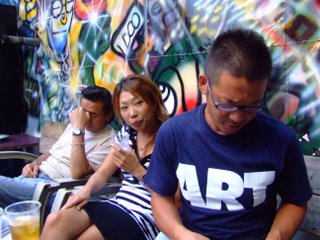

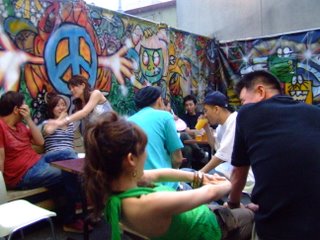
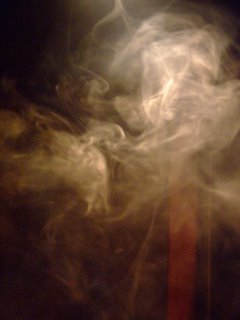
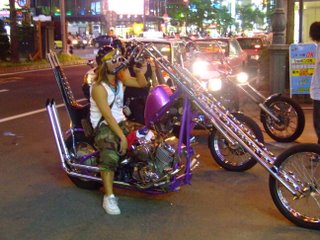
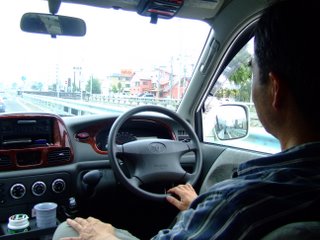
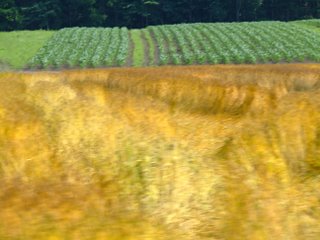
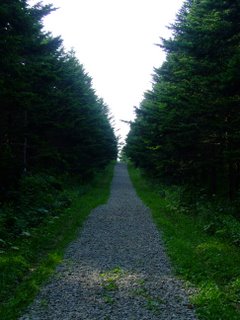
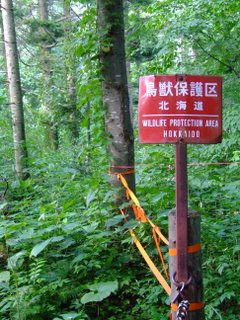
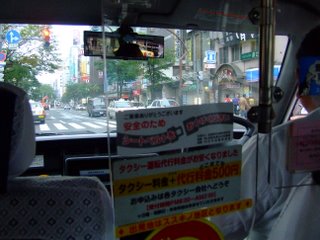
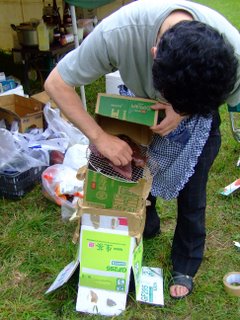
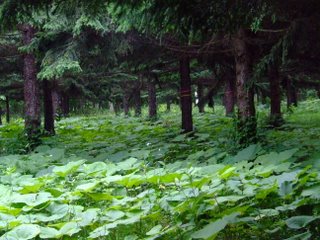
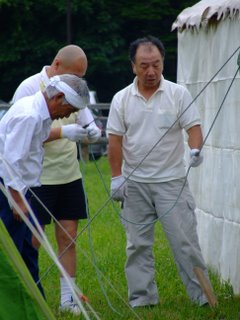

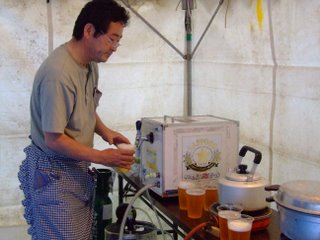
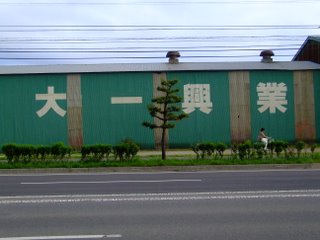
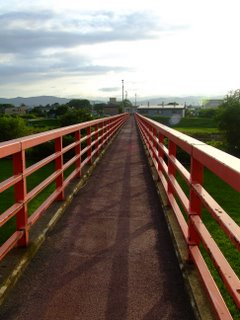



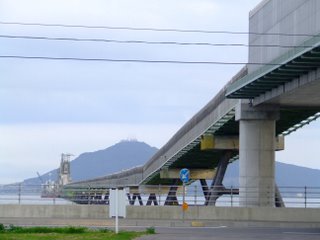
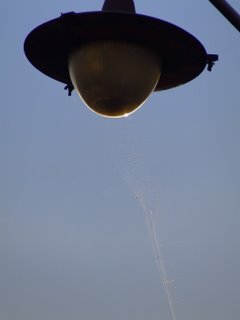
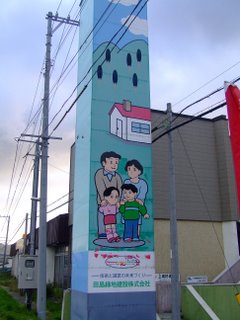
I never thought I would again feel that middle school rush of getting out of school for the summer, and feeling more free than a rain drop falling to the ground. It’s a time when the free time facing you feels so full of some incredible potential that could change your world for ever and there is nothing to pressure the space behind your eyes but deciding what to do. When I finished the last sentence of my semester exam, it was as if a fire sprinkler system went off inside my body spraying droplets of relief in every direction. I was excited.
(from back to front, left to right: Susan, Sam, Ali, Jeff, me, Toon)


With the small bag I had brought with me that day packed with a change of clothes, Japan lonely planet guide and camera, I left school with a group of 5 other HIF students ands headed to the bus station. Within an hour of finishing the exam, we were on the bus, and as the wheels turned towards Sapporo, the scenery swept the dust away from a mind I then realized had not yet felt the thrill of journey in Japan.
The other travelers were Toon, Sam, Jeff, Susan and Ali.





Toon, whose real name is Bodin Civilize, is from Thailand, but studies at Yale. He is thinking he would like to become an economic theorist, but is still undecided on his major. Toon is the type of person that leaves you with a complicated mixture of tastes on your tongue after sharing time together.
Sam, who I know best in the program because we share the same host family together, is a character straight out of a Russian novel. He carries in most moments a slight tension that generally affects the way he wears his body, and his mannerisms are slightly jolted. He is intelligent and lazy – and often complains about the work load. His long hair, upon first meeting a new Japanese person, invokes a small range of reactions out of them that can be summarized as “you look like a girl.” Sam enjoys the alcohol, and if we were actually in a Russian novel, I have no doubt he would enjoy the vodka granted to him by the good graces of a mightier hand unknown and misunderstood by its characters.





Jeff, like Sam, is from the University of Pennsylvania. He and I are in the same class, and is one of the stronger students in the course. Difficult to see into because walls and uneasiness rise out of the ground like bog gas in a southern Louisiana swamp. He will make an excellent businessman later in life.
Susan is a red-haired, cigar-smoking 19 year-old from Tennessee, and has the accent to prove it. After sharing a few fleeting conversations about Buddhism I see in her the earthly goddess, rooty and rich like dark black soil earthiness in her heart. She knows more than she thinks she does.
Ali, in her early twenties studies at the University of Chicago. Genuinely sweet and kind, she is a nice person to share snacks with and talk about the day.
Not to sound arrogant or like a mr. know it all, but these are the impressions I receive from these people. In no way is it meant to be who they actually are, but just how their sounds, light and energy interact with mine.


Travelling along the highway, we played hide and seek with the ocean as we would dip beneath hills, and pop out of our hiding place to see the ocean patiently waiting, always there as if to say “shhhh, don’t worry.” It was beautiful.

Apparently in Japan there is quite a lot of concrete being made every year. So much so that engineers have thought up creative ways to use it. For example, concrete pylons line the coastline of most of Japan, placed with the said purpose of protecting the coasts from erosion. In a way, I thought it was cute, yet, can’t help but feel the ocean would look the way it was supposed to without them. As they say in Japanese, “it cannot be helped.”
In some moments you feel so close to destiny’s ideal track that you can almost feel the pulse of the heartbeat of the hand of time.
We arrived in Sapporo and quickly thanked the city-planners for designing one of the easiest street systems to navigate. Every block is labeled according to its distance from the city center in terms of North/South and East/West. No matter where you are in the city you know exactly how far you are away from the city center.
At certain key moments in life, people appear that are living on such a different plane of existence than yourself that you call into question nearly every pre-conceived notion you had about life. Meeting Alexandro, 19 year old from Mexico, was like that.
Alexandro had planned his trip to Japan for four years. He decided to come to Japan for 6 months knowing very little of the language, and with the desire to see and experience as much as he could. He had already been in Japan for a month when we met him, and he had just returned from hiking some of the tallest mountains in Hokkaido. He said at one point, when he was climbing the tallest mountain, and he fell off the path and slid on the snow about fifteen meters down the slope of a cliff, catching himself on a tree, “what the hell am I doing here?” I said, I ask myself that everyday.
For some reason, the loudness of one’s being feels amplified in Japan. It’s almost as if the vacuum that surrounds you created by the collected conscious effort of a culture sensitive to “surprising” loud sounds acts like a microphone. At least, I feel that a group of foreigners speaking in Japan tend to do so with about 10 decibels more amplitude than needed.





I was able to meet a friend named Takao who I met at KU, but who is originally from Sapporo and living there this summer and working. Takao is the picture of the Japanese guy with the beer, with a slight pensive look. He took us to an Izakaya, which is a Japanese style restaurant where you can usually pay a single price and drink as much alcohol as you want, and sometimes for another fee eat as much as you like. The food is great if you like meat. You can order liver, gizzards, chicken, pork, beef and squid on skewers that are grilled and then dipped into a variety of sauces. They are served super hot and fresh and taste great with beer. It’s funny to me that a year ago, I would not have imagined having this experience.
The next day we headed out and had breakfast on an old tree stump in a park, next to a pond with several lotus blossoms. The picture of the reflection of the pond with the radio tower with lotus flowers at the top is meant to be a visual metaphor for the Buddhist path. Often in Buddhism the metaphor of the lotus flower is used to describe the ascending of the spiritual path as one rises, like the lotus flower, above the murky, muddy mess of Samsara (cyclical life). As one extinguishes desires that cause suffering, one is free from those stains or blemishes that cloud or hide one’s Buddha nature. If I were a lotus, I’d be stuck in the mud probably to be used as fertilizer for the next bloom.
We spent the day combing through Sapporo’s streets, and found the old Ramen alley. Basically, it’s a narrow alley that is nothing but small Ramen shops. If you are thinking Ramen noodles, you’re close – but think about 100 times more delicious and satisfying. Sapporo is famous for its Miso Ramen, which is a miso soup base (miso soup is made from soy bean paste). Miso Ramen is usually spicy, and because the Ramen cook (usually there is only one in a store) makes everything to order, the soup is also steaming hot. It’s hard to say what burns more, the spice or the temperature, but either way part of the fun is slurping the hot noodles, sweating a little and having your nose run. It’s also fairly cheap, which for us, always means good.










I somehow became navigator and we luckily made it to the Hokkaido Museum of Contemporary Art without getting lost. They had a special Buddhist art exhibit that contained Japanized Tibetan Thangkas. Thangkas are Tibetan scroll paintings of various Buddhas, deities, Bodhisatvas, and Buddhist stories or sutras. Unfortunately I couldn’t understand very much of the exhibition because it was all in Japanese…
The picture of the trashcans is to show the most simple trashcan set you can find in Japan. Trash is complicated in Japan, for obvious reasons, but all trash can be divided into two categories, burnable waste (some plastics, paper, food scraps, and various oddities of packaging) and non-burnable waste (plastic bottles, cans, glass, metals, batteries, etc.). It is also a bit challenging to find public trashcans, at least here, but you get used to it. In fact I plan my walking routes to and from school sometimes just to throw a plastic bottle away. Oh, and when you throw away gum, or used q-tips, you are supposed to wrap them with a tissue first. I’ve spent some time trying to decipher my host family’s trash schedule. Every city publishes a trash schedule that lists what items will be picked up on what day. For more exotic items, like batteries and old pots and pans, there is a special drop off center. If you don’t properly sort your trash (there are special trash bags for different types of trash) you can get fined. And, you can expect to be audited at least once per year, from what I’ve been told, just to make sure you aren’t sneaking in a plastic drink bottle into the burnable waste.
The picture of the air conditioner units on the side of the building isn’t that aesthetically pleasing I know, but I thought it was an interesting example of something I learned while rummaging through articles about Japanese building codes. Because property tax is based upon the internal area of a building, essential things, like air conditioners, that can be placed on the outside of the building usually are. The resulting product is like the picture. One of the most often cited complaints about Japanese architecture is its lack of appreciation for maintaining a uniform aesthetic – due to the lack of building codes and regulations that stipulate what can be attached to the ceiling and sides of buildings. Of course, special buildings, like museums and government offices are usually beautiful works of art…but the average apartment building is less than appetizing. Yet it still has its own charm, and the interplay of the lines of the ducts, the rows and symmetry created, and the rust stains, at least for me, help make Japan feel like a homier place.
Earlier in the day I read in my Lonely Planet Guide about a Shinto Shrine that was described as being surrounded by a forest so thick you forget that you are in a city. So after the art museum, Toon, Sam, Susan and I set off to find it. It turned out to be a great find. There were actually several smaller Shinto Shrines along the road to the main Shrine, and all of this was located in a huge city park. We walked about 45 minutes and covered only a small corner of the park. I finally experienced a moment in Japan in which I felt how incredibly universal the experience of being human really is. Kids playing soccer on one side, and a group of mid twenties friends playing guitar and drinking beer held a scene on the other side of the path. I think mostly, just to be around nature again with the soft feel of the raw earth under my feet, was exactly what I needed.
After one-by-one saying our prayers and communing with the local Kami-samas (Gods in Shintoism) we decided we couldn’t miss going to the Sapporo Beer factory. It was glorious. The shots of the graffiti and Japanese people, and night time shots, are from an area in Sapporo called Susukino. It is the nightlife hotspot. We found a bar named “Rad” that is the foreigner hangout in Sapporo, and was the first time here I had seen a sizeable number of foreigners in Japan not associated with this program. I was surprised at how many people are still out and returning home at 5 am when the last of the bars close.
The next day, my host father picked Sam and me up and took us to a town about an hour and a half drive outside of Sapporo. From there we met other members of the Tenrikyo church, loaded up coolers of food, camping gear, etc and headed off to a wilderness protection area. I never imagined I would camp in Japan. Someone brought a keg of Sapporo beer, and after the tents were all set up and the opening speeches were said, everyone picked their chair for the evening and drank, ate lots of grilled and smoked food, and relaxed. Sam and I tried our best to keep our Japanese conversation as interesting as possible.
On Sunday we returned to Hokoto-shi and I went to the Sento, or public bath house. I’m going to try to take a picture of the inside if I ever am there when no else is around because it is a wonderful wonderful place. There is usually one large room, and several small stalls to wash your body. After you’ve had a thorough scrubbing, you can get into either a Jacuzzi or a large bath. The water is about 100 or more degrees, but feels amazing. The feeling of first walking out of the sento in the fresh open air is the cleanest feeling in the world.










The last few pictures are pictures of the area around my house. This area is usually super quiet, and reminds me of small town Iowa, but Japanese style. I can’t help but think about my brother when I’m walking around the streets, and wishing I could share that with him (because we’ve spent many a day walking around in small town Iowa).
The break ended just about as quickly as it started, and classes did a power take-off on the first day. This is the second week of the semester, but I feel like it’s been a good month since the break. But, my Japanese is slowly improving bit by bit, and hopefully before the end of this program I’ll be able to turn in a page of homework without having a majority of it covered in red ink…one can learn a lot from a picky teacher.
























5 Comments:
wow. im exhosted at your picture.s they were so ...breathtaking. you artsy fart! feathers and fathers and slices of light on lamps, power lines and power ponds and trains and trees and trails ticked by your mind...
curley hair and heavy light, you see the world through the eyes of god because you see beauty everywhere.
thank you forever for inspiring me.
Fantastic photos Mr. Rick. You really have a talent. It really makes me sorry I missed my opportunity to go to Japan. I suppose I'll just have to make sure I get there at some point in the future. Keep up the good work
Rick:
Your mother and I are great friends. I am the Prez at the best tech college in KS. You know the one I mean!
I read all the way through your blog, back to front, or is that top to botom, is that Japanese-style?
My favorites include narrative, of course, but I enjoyed it all! I was intrigued by the squid ice cream which sounds awful and looks delightful. The color reminds me of green flowers. I don't get why flowers are green. Why is ice cream gray?
I like the couple looking down the street at the harbor, such a peaceful scene, they seemed so comfortable with each other.
Your photography captures much more than the obvious.
As a teacher, I looked at the class picture closely and there was the teacher (?) in a kimono. That surprised me ... the contrast.
Were you really all that comfortable in the public bath in the nude, with all the other nudes? What is wrong with me? Maybe it's an age thing.
Everyone who knows anything about you is so proud of your success in getting the BIG scholarships to spend next year in Japan.
Keep blogging!
Prez Today
Gone Tomorrow
Sad to see Takao ain't getting any prettier.
-The Man
It's so great to hear about your experiences in Japan. You write beautifully and passionately. In less than a month, I'll once again be in the same hemisphere as you.
Post a Comment
<< Home